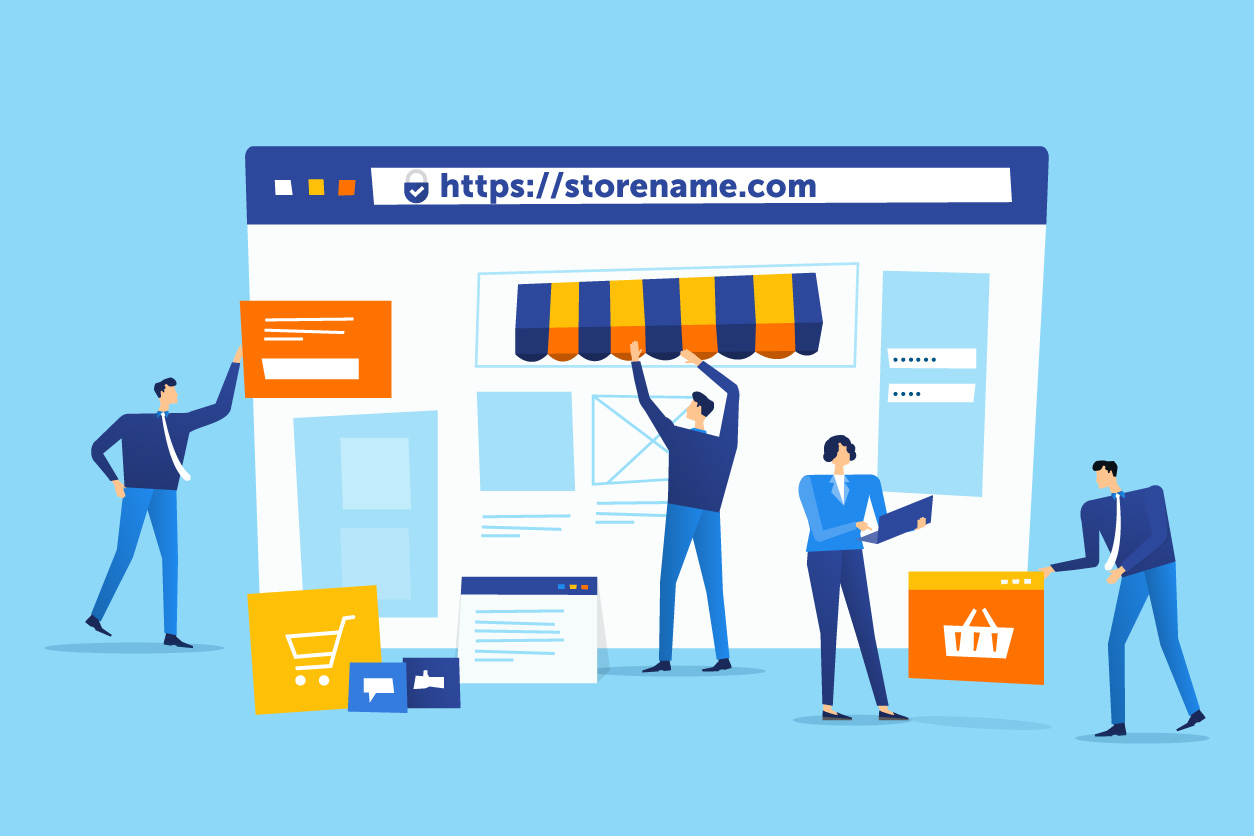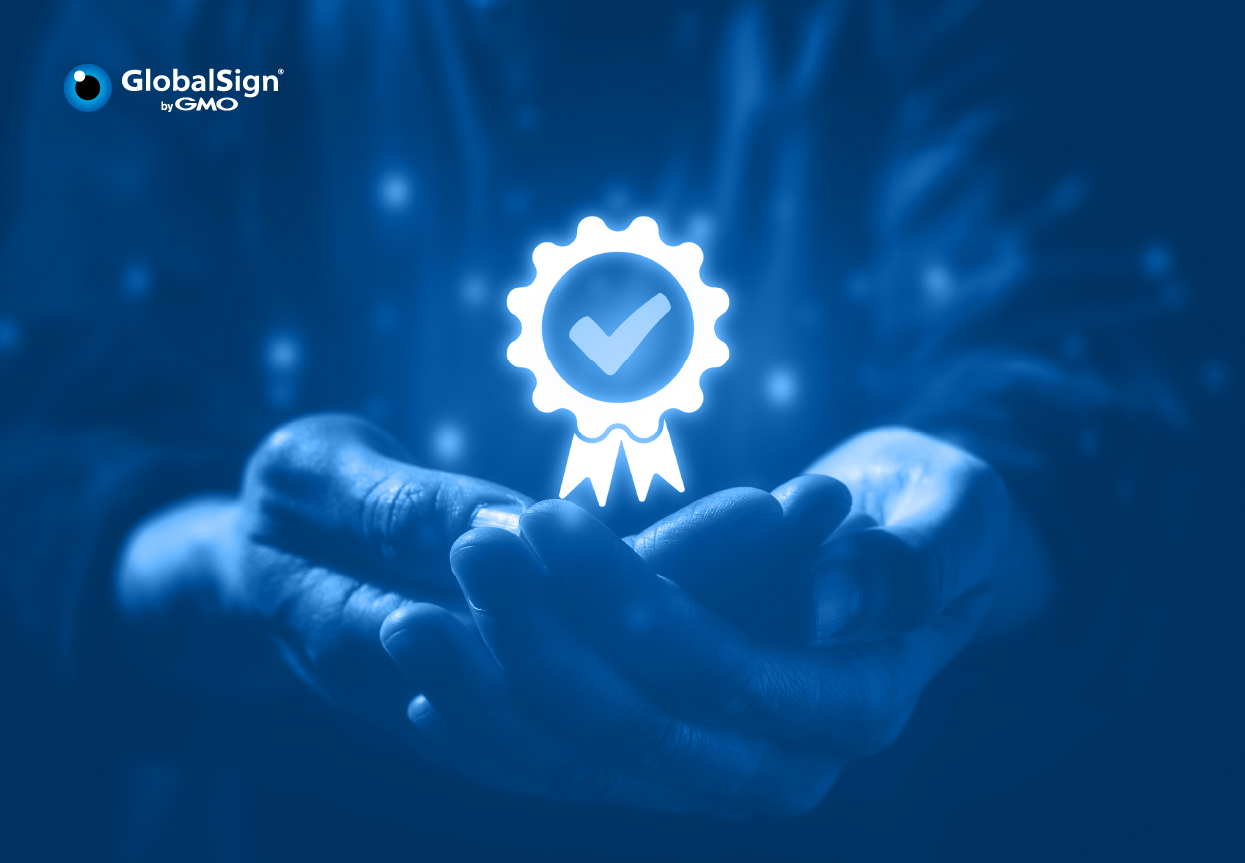The increase in digitalization has changed the way many companies function. The world is gradually shifting towards online shopping, and the majority rely on it to purchase their necessities, while grocery and retail stores are now adopting deliveries so consumers can safely purchase goods online.
There is no denying that e-commerce has become a viable option both for consumers and retailers. However, there is also a dark side to this flourishing industry. According to Bigcommerce, one of the problems e-commerce businesses face is website security and online threats.
In a recent incident involving credit card theft, 570 e-commerce stores from around the world were targeted, resulting in more than 184,000 stolen credit cards and generated over $7 million in revenue.
One of the most recent innovative online theft wherein cybercriminals use the metadata of image files to hide malicious code implants, which steal credit card information entered by visitors of the compromised websites. The FBI also warned shoppers for a new online threat to personal credit card information. This latest method of personal hacking and credit card theft, known as e-skimming or magecart, steals information from websites and has impacted big companies including Macy’s, British Airways, Puma, and Ticketmaster.
What makes an e-commerce website successful and trustworthy? It all comes down to product quality, reach, reliability, and most importantly, security. These are the main constituents that make for a successful online business. With the recent threats and incidents surrounding the e-commerce industry, providing a safe space for consumers should be top priority. It does not matter how great your products are, because if the consumers don’t feel safe using your website, they will not go through with their purchase. Moreover, having your website breached may result in catastrophic revenue loss that is hard to recover from.
A safe e-commerce website starts with strong data protection. When your website is protected from exploitation, people will feel inclined to trust your website, your products, and ultimately, your brand.
If you own an e-commerce website, a lot of factors play out in creating a safe platform for your customers to use. We will guide you through some of them and how you can ensure that you are not only providing quality products for your consumers but also ensuring that you are giving them the best customer experience.
-
Switch to HTTPS by obtaining a TLS/SSL Certificate
A TLS/SSL Certificate is a basic requirement for e-commerce websites. They keep data private, which is vital for e-commerce transactions. It keeps sensitive and personal information protected through encryption. If a website has a TLS certificate, web browsers also show an indication that the website is safe.
Website visitors trust a website with TLS certificates. In fact, 84% of online shoppers abandon a purchase if data was sent over an unsecured connection.
If you already own a website but don’t have a TLS certificate yet, now is the time to get started. Since e-commerce websites require a heightened TLS encryption, an Extended Validated (EV) Certificate is the most recommended.
If you don’t know how to get started, our team will guide you every step of the way to make sure that your website encryption is up and running.
What’s more, opting for a TLS certificate can help your website rank high in Google search, as Google has been recently pushing website owners to switch to HTTPS.
To increase the client’s trust even further, put up a site seal. Site seals are the visual cue that a website uses encryption. Most visitors look for this visual cue to ensure that the data they put is safe on your website.
-
Require strong passwords
Passwords are at the forefront of security defense but may also be the weakest link. Although several websites provide additional security protection today, anyone who guesses your password can easily circumvent any security protections that most websites have.
In addition to that, we also advise using unique passwords for different accounts, so that in case one of your accounts gets compromised, your other accounts can be saved.
If using unique passwords for every account can be confusing and hard to manage for you, using a password manager can easily solve this dilemma. The password manager does all the safe storing and managing of your passwords to all your accounts. It can also generate unique passwords that are difficult to crack.
As a general requirement, a strong password has the following characteristics:• Contains 8 or more characters • A combination of letters and numbers • Has a special character • A combination of uppercase and lowercase letters
-
Use two-factor authentication
Similar to using a strong and unique password, increasing security involves the use of two-factor authentication (2FA) so that in case a user’s password has been guessed, a second line of defense is put to place. By implementing a 2FA, a user will be prompted whenever someone attempts to log in to their accounts, and breach in personal information can be prevented.
-
Choose a reliable e-commerce platform
Lastly, if you are an online seller who is looking to use a platform to sell your products along with your website, there are various popular platforms to choose from, each with their own security measures and policies.
It is always safe to go for a platform that is always up-to-date with security protocols. A good example is how the e-commerce platform Magento recently added a two-factor authentication throughout its platform in response to the aforementioned e-skimming or magecart scam. Such quick responses ensure that they are keeping up with the latest maneuvers to keep their website—and users—safe and protected.
There are plenty of governing ways to keep your clients’ data safe in this ever-evolving and fast-paced e-commerce industry. It is always a good idea to invest in security as it may just save you millions of unprecedented security breaches.
GlobalSign is your partner in security. We enable trusted identity security solutions for every enterprise. For more information about our company and the products we offer, you may visit our website, or check out our product list for enterprises and the Internet of Things (IoT) so you can ask for a demo today! For more blog updates, click here.







